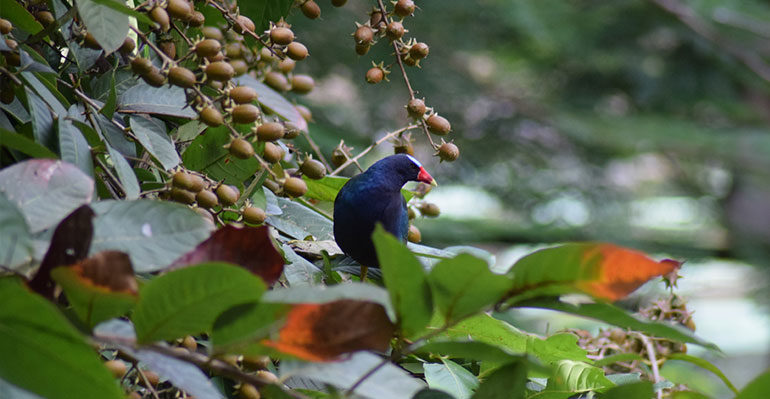What is Compassion? Compassion can be explored at various levels. First and foremost, understand that compassion is not and should not be equated to tolerance for the following reasons:
- Tolerance implies superiority and inferiority complex
- The one tolerating is superior to the one being tolerated
- Tolerance has a tipping point at which it breaks down
- Once it breaks down, intolerance creates animosity
- Tolerance thrives in differences
- We can’t co-exist if we create these barriers that differentiate “us” from “them”
- Tolerance can’t be the bridge to connect us
If it flourishes under separation, how can it be a connector? The cornerstone of compassion is unconditional acceptance of fellow human beings. We can’t progress internally if we can’t come together on a common platform. Without compassion, we will never be able to create a world that prospers harmoniously in abundant joy, peace and happiness. Love and compassion can only be on a platform with the following characteristics:
- Unconditional acceptance
- Non judgmental
- No underlying motives or reasons – this isn’t a barter system or a business deal
- No hidden agendas
Acceptance
In our Hindu traditions, acceptance is denoted very well by the Namaste gesture. The word is a union of namaha (salutations) te (unto the divinity in you). Notice the complete absence of “I” in this connotation. In our usual connotation it would be interpreted as “I offer salutations unto you” but here there is no reference of “I” the ego. The ego completely surrenders as it bows down to the divinity unto you. As we greet Namaste, we also bring our hands folded together. Science also confirms that the right hand is controlled by the left side of the brain, and the left hand is controlled by the right side of the brain. By joining our hands together it implies that we are uniting and bringing our brain (which also controls all other functions) or mind to this focal point which acknowledges the divinity within you. It denotes that the mind is completely aware of this moment and isn’t wandering around anywhere else.
Awareness
Once we develop unconditional acceptance, we are able to be more mindful in our tasks. Mind is no longer struggling with the differences. Rather, we are able to acquire a unified vision of the oneness in this universe bound by the Supreme spirit. Another example in our Hindu traditions of heightened awareness is seen in the daily prayers we offer to Mother Earth every morning before even setting foot on the ground.
We acknowledge to Her the abundance and providence that She provides and we offer humble apologies for trampling the earth while carrying out our daily duties.
Love
When we thus blossom on this platform of unconditional acceptance, love flows effortlessly. We no longer harp on the attributes that differentiate us (e.g. skin tone, race, religion, gender, etc.) but we prosper on unifying spirit that binds us together. Giving is a natural outcome because as Pujya Gurudev Swami Chinmayananda ji says You can give without loving, but you cannot love without giving.
Compassion
Such an unconditional acceptance that leads to an overflowing expression of love (and thus augments our giving disposition) helps us empathize with the creation thereby enabling us to be compassionate with the universe. How do I develop Compassion? We can begin with ourselves first and practice the art of compassion. Be mindful, alert and vigilant in daily interactions to experience the flow that leads us to be a compassionate human being: Unconditional acceptance à Love à Empathy à Compassion. It all begins with a single step. Once we get on this journey, like-minded fellow human beings also join, and it soon becomes a movement. Eventually this is how a movement becomes into a vision that guides our life.
If this is difficult, then sit down and analyze the source of internal conflict. Figure out which fears, insecurities or anxieties cause the rupture and address those. Sometimes in spite of identifying the source, if one is still struggling, then simply accept the lack of acceptance! Get beyond it and work on accepting the inevitable – Giving after all is in our inherent nature. We invoke Pujya Gurudev’s blessings to guide us on this path so that we all learn the Art of Compassion.

